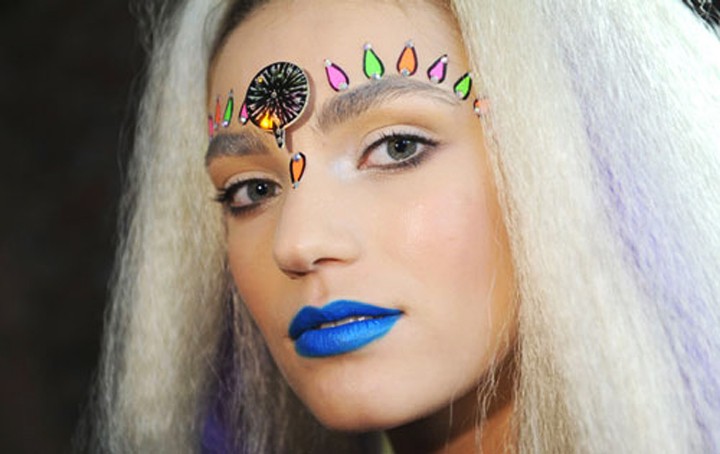As the weekend approaches, UA students begin to compile the ideal bohemian, free-spirited outfit to wear to one of the trendiest music festivals around. Coachella Valley Music and Arts Festival attendees embrace various eccentric festival styles, which range from “interesting, edgy, and less mainstream trends,” to more mainstream “hipster and indie” uniforms, according to pre-neuroscience freshman Kyli McQueen.
McQueen said that though most festival fashions are “harmless and expected,” some “trends,” such as wearing bindis, henna or dreadlocks, walk a thin line between being edgy and being cultural appropriation.
These controversial styles are all too ubiquitous on the festival scene, affecting different cultural groups in many ways. Some groups feel that wearing culturally significant pieces for the sake of fashion is undoubtedly appropriation, while others see it more as appreciation. McQueen said she personally feels that her culture is appropriated through the dreadlocks trend among non-black people at Coachella.
“Being African-American, I feel that black culture is appropriated when [non-black] people wear dreadlocks,” McQueen says. “White attendees of Coachella sporting dreadlocks to just ‘look cool’ ignore the struggle of an entire marginalized community. … They were considered a form of resistance toward the standards of beauty imposed by white people during times of slavery.”
She added that appropriators of black culture do not realize the damage they cause through their actions.
“Taking advantage of ‘cool’ parts of a culture for personal gain while disregarding and ignoring the rest of the culture and its history is very disrespectful,” McQueen said.
Lakshmi Punati, a management information systems sophomore, has a more tolerant opinion regarding the wearing of culturally specific styles by Coachella patrons.
“For me, it’s really great to see other people taking in my [Hindu] culture,” Punati says. “When I see people [outside my culture] wearing bindis, it shows me they appreciate [my culture]. … It’s nothing to be ashamed of. It’s like dressing to a theme.”
Bindis have both aesthetic and cultural associations, according to finance sophomore Shivani Patel.
“Bindis are often worn as a fashion statement [by Hindu women] or to indicate if a woman is married,” Patel said. “Bindis with heavy detailing are more for style, while simple black and red dots indicate if a woman is married or not.”
Patel added that hennas are a primarily stylistic accessory and that Hindu women wear intricately designed hennas at baby showers and as brides for fashion purposes. Like Punati, she said she believes wearing bindis and hennas at Coachella is more of a sign of cultural appreciation than appropriation.
“From what I can see, most of the ladies at Coachella have more decorative bindis and simple henna, which is more for fun and style than having any sort of cultural significance,” Patel said. “I think it’s kind of cool when I see someone [outside of Hindu culture] wearing a bindi or henna.”
Punati and Patel both call themselves modern Hindus, which they said contributes to their openness of sharing the wearing of religiously significant Hindu fashions. Punati said that though she thinks it’s “really cool” to see celebrities such as Vanessa Hudgens and the Kardashians (avid bindi wearers) sporting bindis and henna at festivals, more traditional Hindus, such as her grandparents, may think it is an act of cultural appropriation.
“The older Northern [Hindus] would be more strict [about wearing bindis and henna],” Punati said. “It honestly just depends on the person you talk to and how significant Hindu dress is to them.”
Other more traditional Hindus have called out celebrities on social media platforms for appropriating their cultures.
According to a CBC News Community Storify, Instagram users commented on photos in which Hudgens was wearing a bindi.
“[Her Instagram] photo should alert us to a variety of issues … but most importantly, the fact that it is super inappropriate to wear religious adornments as festival wear,” writes Lauren Duca for The Huffington Post.
Users also asked Hudgens to “please stop appropriating other cultures,” as she has done so many times on her “Try Hard quest.” The same applies to other celebrities, such as Kylie and Kendall Jenner or their sister Kholé Kardashian. People commented on their photos, asking them to recognize and stop their own appropriation of Hindu culture through wearing bindis.
Overall, people will wear what they please when Coachella rolls around. However, opinions regarding whether certain festival fashion trends do or do not appropriate specific cultures will depend on who you are speaking with.
_______________
Follow Brenna Bailey on Twitter.









